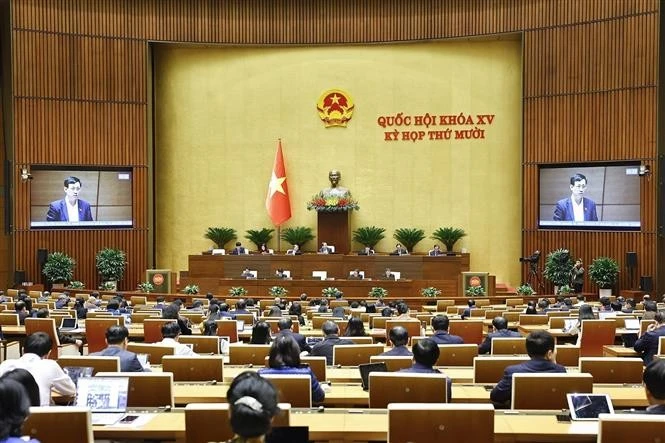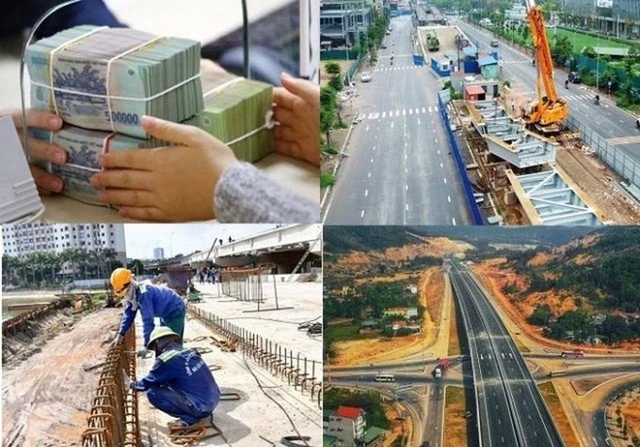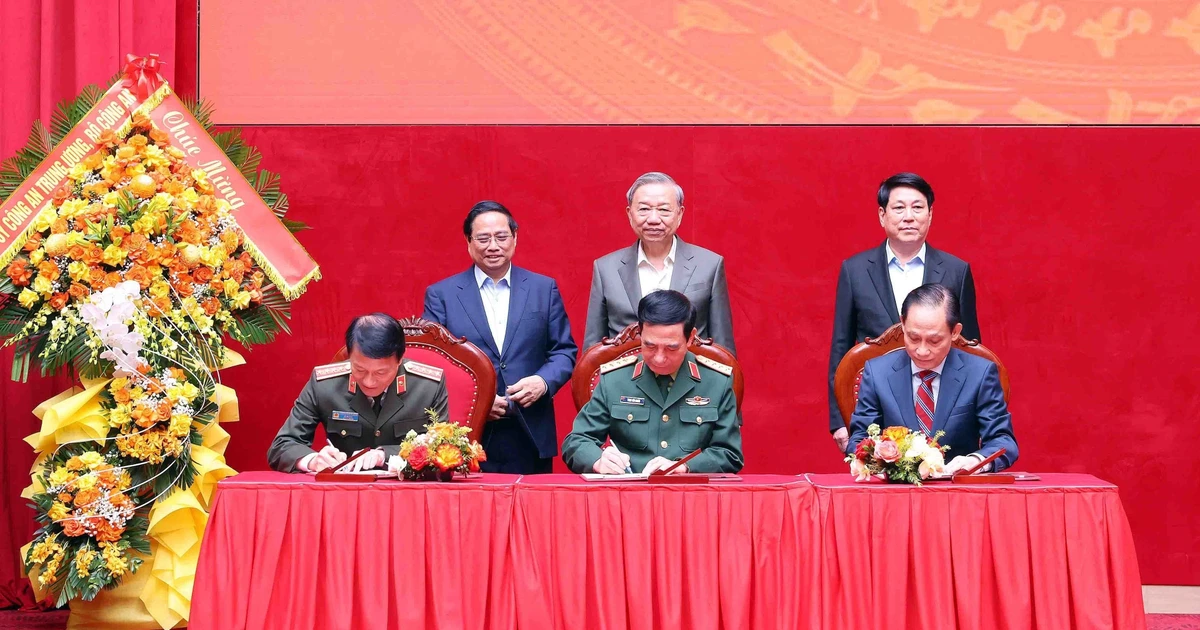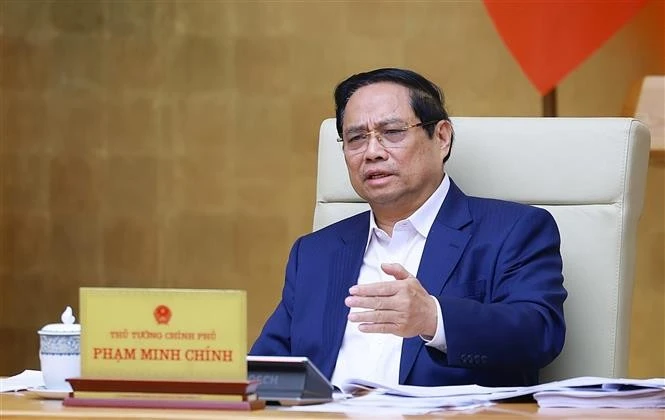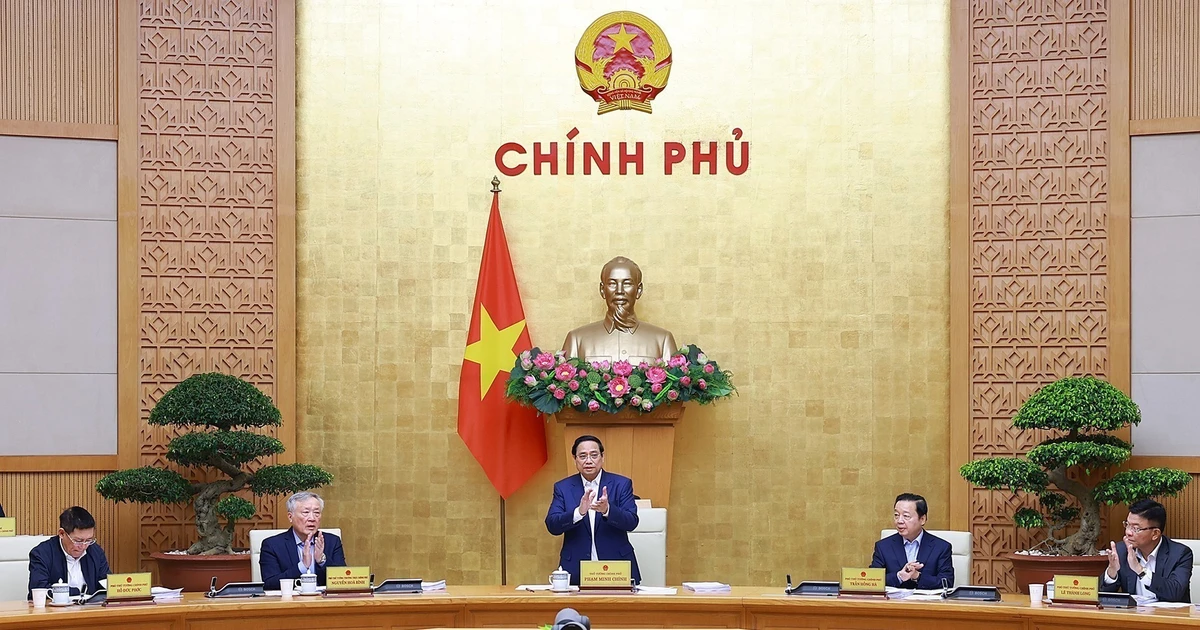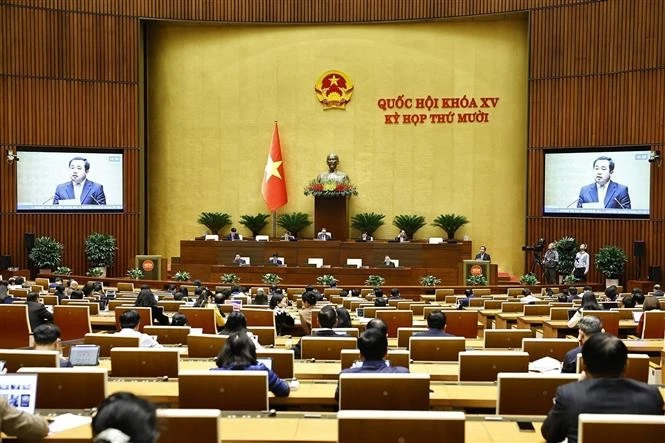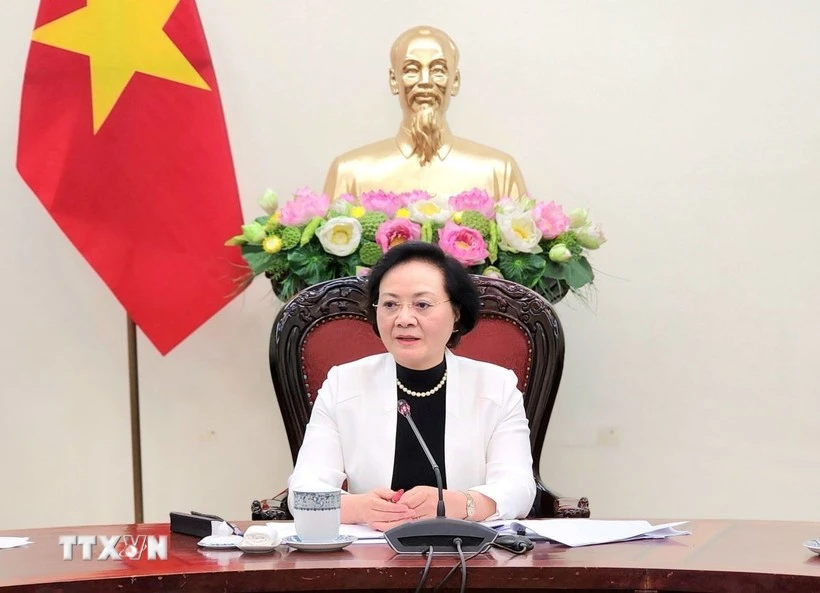The Law on amendments and supplements to a number of articles of the Law on Prices proposes shifting the responsibility for adopting price stabilisation measures from district-level People’s Committees to commune-level authorities. The revisions also update the names of certain goods and services subject to state pricing, along with associated procedures and authorities. The draft further aligns the framework for price inspections with general inspection laws and revises the names of ministries and agencies whose mandates have changed due to the state apparatus restructuring.
Crucially, the amendments outline new provisions concerning infrastructure services within state-funded industrial and high-tech parks, economic and digital technology zones, and industrial clusters.
Revisions to the Law on Temporary Detention, Custody, and Restriction of Movement were put forward because the current 2015 version is seen as inadequate in reflecting enforcement realities.
Specifically, it lacks regulations governing the preventive measure of “prohibiting from leaving the place of residence”, while certain rules regarding the management, supervision, and treatment of detainees are inconsistent with newer legal frameworks.
They also seek to enhance the adoption of modern technology while ensuring the legitimate rights and interests of individuals held in detention or custody.
The draft law details the organisational structure and operational models of agencies responsible for temporary detention, custody, and movement restriction. It covers confinement conditions, the treatment of detainees, those awaiting trial, and death row inmates, with specific, tailored provisions for minors, pregnant women, and mothers with children under 36 months. It further clarifies the enforcement of movement restriction orders, complaint and denunciation procedures, and the responsibilities of relevant authorities.
The proposed amendments to the Law on Enforcement of Criminal Judgments are designed to align the criminal enforcement system’s organisational model with recent structural changes to the state apparatus. They also introduce regulations to safeguard human and civil rights and promote the use of technology and biometric data in enforcement management.
While basically maintaining the core regulatory scope of the 2019 law, the bill updates specific regulations to ensure consistency across the broader legal system and address challenges identified during enforcement. This is seen as an effort to meet future criminal enforcement requirements.

